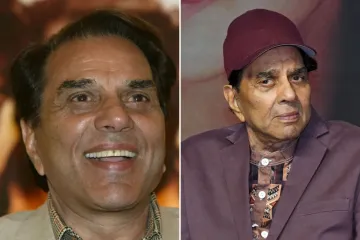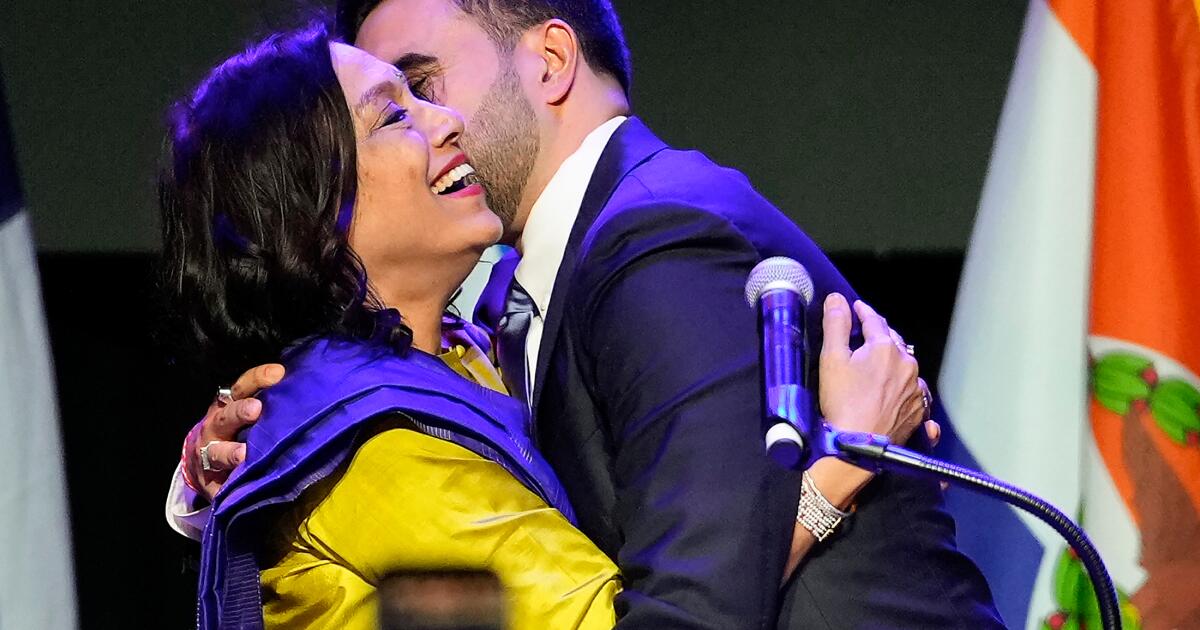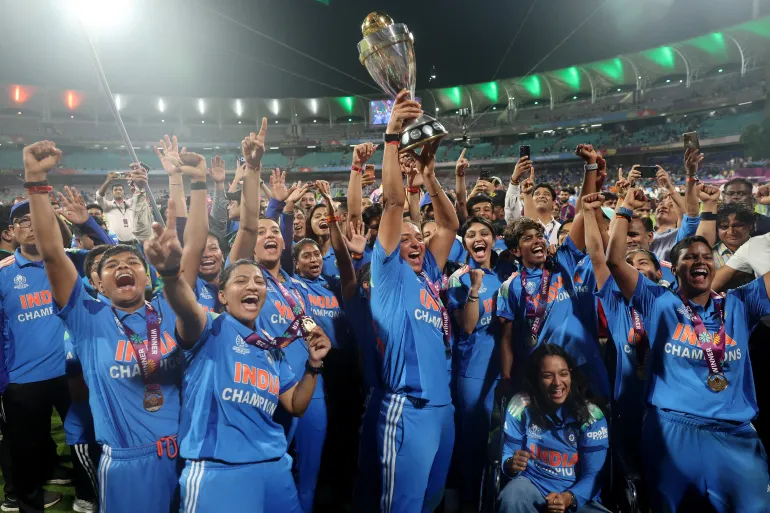Legendary ‘He-Man’ of Bollywood dies sparking outpouring of grief as PM Modi leads tributes
ICONIC “He-Man” of Bollywood, Dharmendra, has died aged 89 as India’s Prime Minister leads tributes for the much-loved star.
Better known as Veeru, the star appeared in over 300 films, including playing a petty criminal in the 1975 blockbuster Sholay.
Dharmendra was one of Indian cinemas most popular stars whose fame skyrocketed in the 1970s and 1980s making him one of the defining figures in Bollywood.
The star, who would have turned 90 in December, had been in and out of a hospital in the financial capital, Mumbai, over the past few weeks.
A senior police official who had spoken to Dharmendra’s doctor confirmed the death on condition of anonymity.
Tributes have since poured in for the “original” it-man of Bollywood, with India‘s PM leading the charge.
In a heartbreaking statement, Narendra Modi said today “marks the end of an era in Indian cinema.”
And filmmaker Karan Johar, who worked with the star in his last film before his death, described him as the “most enigmatic person on screen.”
He was “incredibly handsome” and was “so loved by everyone in our industry,” he said.
Johar added: “It is an end of an era….. a massive mega star… the embodiment of a HERO in mainstream cinema… incredibly handsome and the most enigmatic screen presence.
“He is and will always be a bonafide Legend of Indian Cinema… defining and richly present in the pages of cinema history … but mostly he was the best human being… he was so loved by everyone in our industry.”
Meanwhile, filmmaker Madhu Bhandarkar remembered the start for being “vibrant” and “always full of humour.”
In an emotional post, he said: “Meanwhile, filmmaker Madhur Bhandarkar took to X and wrote, “I’m deeply saddened to hear about the passing of the legendary Dharmendra ji, the real He-Man of Indian cinema.
“I had the privilege of meeting him many times, he was always vibrant & full of humor. His remarkable contributions mark the end of an era in Indian cinema and will be eternally remembered. Om Shanti.”
The iconic film personality was known for bringing charm to people’s screen and “depth” to every role he played.
He shot to fame following his performance in Sholay (1975) Bollywoods take on the Spaghetti Western and regarded as one of Indias greatest films.
And his roles in other Hindi-language hits, from the romantic comedy Chupke Chupke (1975) to the action drama Mera Gaon Mera Desh (1971), made him one of the most recognizable film faces from that era.
But it was his performance in Bollywood classic Sholay that truly cemented his stardom.
In 1980, he married actress Hema Malini after shooting more than two dozen films together and the pair quickly became one of India’s most talked about couple.
But the relationship was marred with scandal as Dharmendra was still married to Prakash Kaur – who he went on to have four children with, including two who would follow in his acting footsteps Sunny Deol and Bobby Deol.
Despite his global success, he steered clear of the rat race, insisting he never wanted to peak in the industry.
He previously said: “I never asked for too much money, and fame is transient. All I ever wanted was people’s love.
“I came here just for this love. Everyone loves Dharmendra and I am grateful for that.”
In 2012, Dharmendra was awarded the Padma Bhushan, Indias third-highest civilian honor, in recognition of his contribution to Indian cinema.
He also had a brief sting in politics, serving in Parliament for Modi’s BJP party from 2004 to 2009.
Dharmendra is survived by his wives, children and grandchildren.







